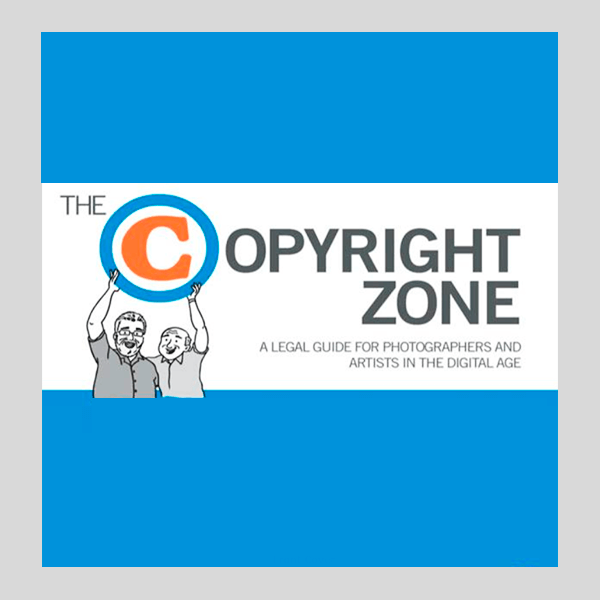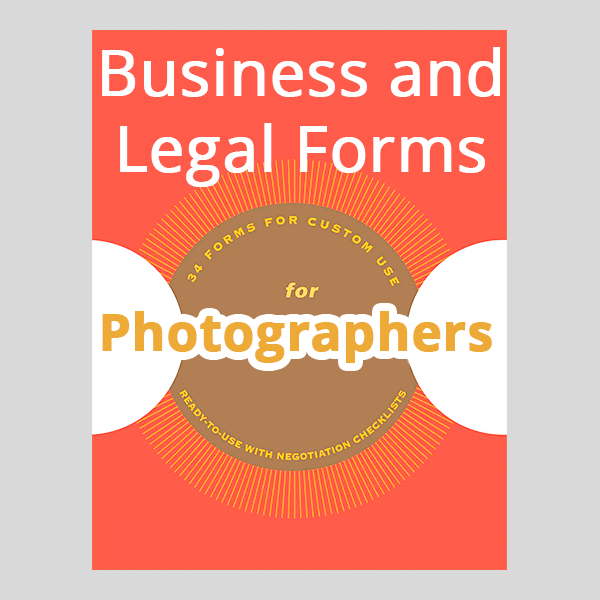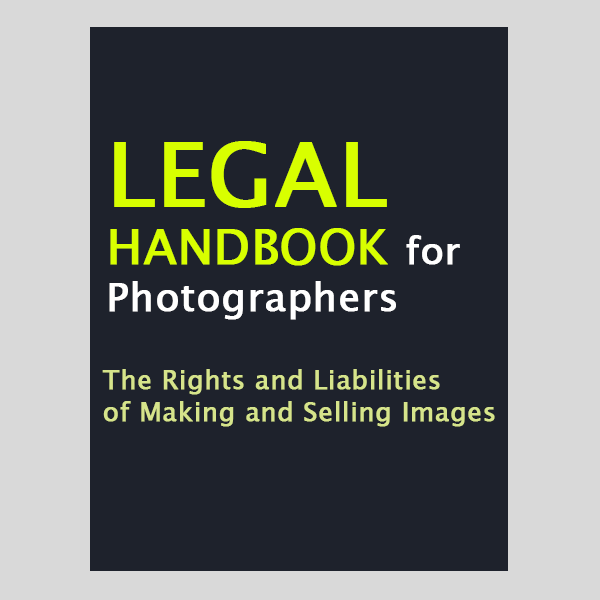
Photography copyright is a right given to photographers which prohibits anyone from using his/her photo for commercial purposes without permission. The copyright symbol © is an indication that this image has the copyright holder who owns exclusive rights and does not wish to share this image for free.
According to the U.S. Law, copyright in a photo is the property of the person who presses the shutter on his/her camera — not the man who is the owner of the photography camera, and not even the model in the image.
Photography copyright covers:
Photography copyright appears automatically, starting from the moment you create a photo and express it in objective form, available for the public. The photos that have not been published are protected the same way as the published ones. The copyright protects the photo regardless of its artistic merit.
Punishments range from $750 to $30,000 plus a lawyer's fee, but in special situations, courts can award up to $150,000. Note, the attempts to delete a copyright information, for example, to remove watermarks in Adobe PS, repeated publication of photos without specifying the name of the copyrighter, or putting your company's photography watermark designs on the work are additionally punished.
Copyright is a set of exclusive rights that the author gets as soon as they create the work. A person has an exclusive right to publish, reproduce or sell the original work if he or she is the author of the work. For a photographer, it means that you have the copyright to your picture starting from the moment you create it.
When somebody uses your photo without the license or permission given by you as a creator, a copyright infringement happens. Another case of photo copyright infringement is when the terms of the license for use are not properly followed.
You may be surprised but some social media platforms like Instagram, Facebook and Twitter, automatically get the license, as soon as you post your photo. This is stated in the terms and conditions, so you should study this section attentively. It is also important to know that the terms of service may give some permissions to the site where you host your pictures, but these cannot be extended to others. The rules for photos on social media are the same as the copyright for other photos.
If you think that the photo may be involved in litigation, it is better to register your pictures with the US Copyright office. Though it is not obligatory, it will give extra protection.
A copyright photography watermark is just a reminder that the photographs are protected by copyright. Each photo is already subject to copyright since the very moment of its creation. So, the watermark is not necessary to prove it. Usually, the watermarks contain logos, personal names, or company names.
The copyright notice has three elements. First comes the © symbol (the letter C put in a circle), or the word “Copyright” (or its abbreviation “Copr.”). The second element is the year when the work was published for the first time. The third comes the name of the person who owns a photograph copyright.
When there is a question who owns the copyright of a photograph, the first thing a photographer has to do is to provide the evidence that they are the author. The more information the photographer gives, the better. But usually, it is enough to show the original file and the date of taking and publishing the image.
There are different ways to warn about photography copyright. The photographer may put a watermark or add copyright metadata in the EXIF file. Sometimes, digital signatures or hidden layers are used. It is very common to use a copyright notice around the work. You will easily find a copyright notice template on the internet.
There are special active protection services, with the help of which a photographer can monitor their work to check if it is used by anybody. When the service finds the photos on the public net, it notifies the photographer and they decide on their next steps.
According to the photos copyright law, to become an issue for monetary compensation, a case should correspond to some important criteria. It is necessary to prove that the website is a major publication, commercial issue or government agency, that it is updated regularly and fully functional. The user of the photo has to be situated in one of the countries covered by the support. There shouldn’t be any unclosed issues on past licensing or conflicts with stock agencies.
Calculating the value of copyright infringement photography, you should consider some important moments.
Thanks to the Internet, nowadays photography is becoming a very comfortable way to share and distribute the information, though it often causes a violation of the photos copyright law.
Avoid giving anybody (even your client) the photos in RAW format, as well as any other original work files. If you are editing photos and the client wants a guarantee, a file in PSD format will be good proof.
Don’t forget to put your data in your camera settings (the fields owner, author, etc.). Specify the data to make it easy to identify your personality. Minimal information should include your first name, last name, and other personal data, for instance, your website or ID number.
Put a photography watermark on the photos that you post, if possible, on all your photos, that are used in any other way (including publishing the photos in magazines). If you don’t know how to create a watermark, use such automatic programs as Water Marquee, PicMarkr and Watermarkphotosnet.
Accomplished photographers should not forget that any orders on the photo creation must be completed only within a legal field based on the contract.
For example, if you work with real estate photography, use the real estate photography contract. If you are a wedding photographer, I recommend you to pay attention to these free wedding photography contract templates.
With such a contract, you will be able to protect and preserve photography copyright. The client will get only the ownership of a material object – the image. Such a move will guarantee you the possibility to use the photos you have created commercially or for other purposes.
If your photography copyright statement has been violated, you have several ways to solve this issue.
You need a screenshot that demonstrates the fact of unauthorized use of your photo showing the URL. A Wayback Machine will help you save time-stamped evidence. Also, you may save the page as a PDF.
In case you do not want to quarrel with the infringer, for instance, that is your potential client, you may try to explain that his/her actions are illegal according to photography copyright release statement. But better do it orally not via email.
The value of the letter of photography copyright complaint becomes stronger when there is a lawyer`s signature. Notice that most lawyers get a payment that depends on the real percentage of the payment recovery.
This variant supposes writing an official photography copyright release statement to an infringer with your demand. You may ask a person to add a link to your personal website or just to add your watermark. Today on the internet you may find photography watermark ideas for any taste.
This act was enacted in 1998. It states that the webpage cannot work until the violated photo(s) is removed from the website page. Notice that the official complaint must include the contact information of the dissatisfactory complaining party.
If you are intended on learning about photography copyright laws more, here are top 3 books that will help you.


